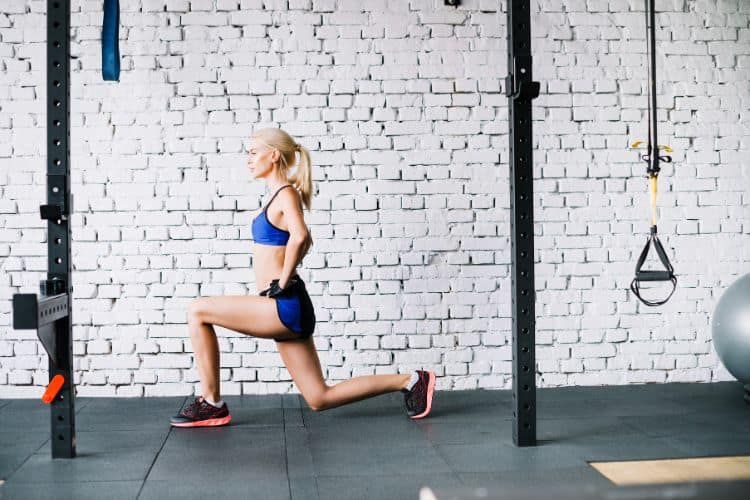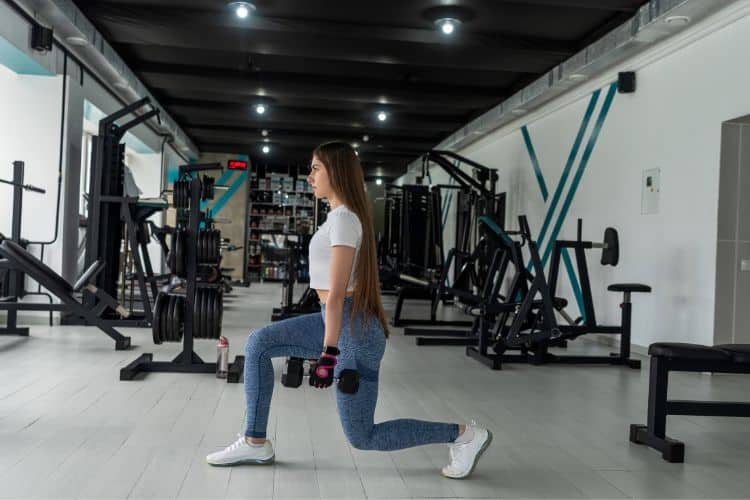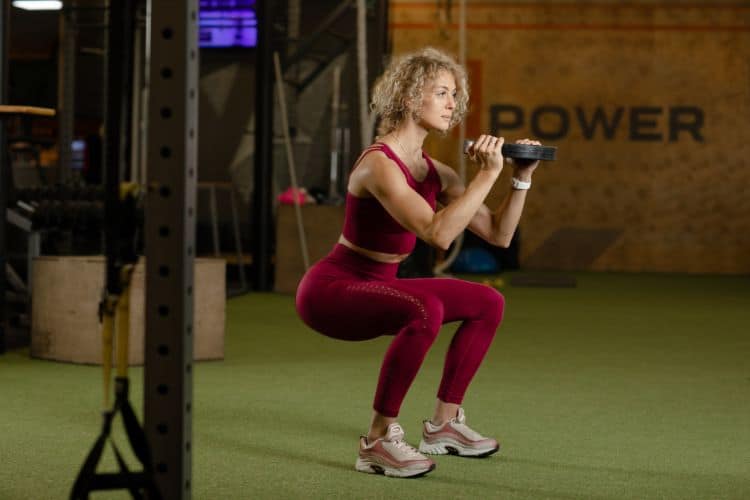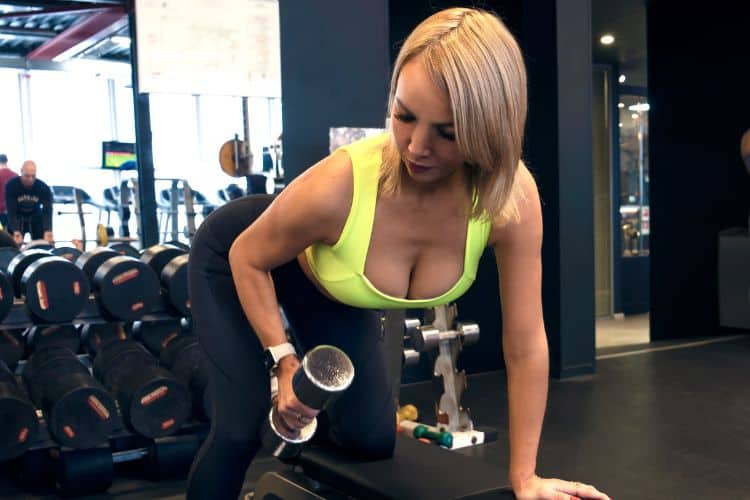Sign up for workout ideas, training advice, reviews of the latest gear and more.






When your schedule is packed but you still want a highly effective training session, a 45-minute full body strength training workout is one of the best ways to train. It’s long enough to challenge your muscles, improve strength, increase calorie burn, and support lean muscle growth, yet short enough to fit into a busy day. Full-body strength training works multiple muscle groups in one session, maximizes efficiency, and keeps your metabolism elevated for hours afterward. In this guide, you’ll discover the benefits of 45-minute full-body workouts, how to structure them, the best exercises to include, training tips for progression, and a complete sample routine you can follow today.
A 45-minute session is the perfect sweet spot between long endurance workouts and short strength circuits. It provides enough time for proper warm-up, technique-focused sets, rest periods aligned with hypertrophy goals, and a structured cool-down to aid recovery. Here’s why this duration is so effective:
A full-body routine ensures you hit every major muscle group in one workout. Instead of splitting training into separate upper and lower body days, full-body training condenses everything into one powerful session. This not only saves time but also increases training frequency for each muscle group, which research shows can lead to improved muscle growth.
Strength training is one of the most effective ways to increase metabolic rate. Your body continues to burn calories even after your workout ends—a process known as excess post-exercise oxygen consumption (EPOC). The more muscles you recruit throughout the session, the greater the afterburn effect.
Full-body strength workouts mimic real-life movements. When you squat, hinge, pull, push, carry, and rotate in the same session, you strengthen your body as a connected system rather than isolating muscles. This improves mobility, athleticism, posture, and daily performance.
Combining large compound lifts with moderate-to-heavy resistance training creates the ideal environment for building muscle while burning fat. This leads to a toned, strong, athletic physique.
The key to an effective session is organization. A great full-body routine should include:
Below is a breakdown of how to structure your training for maximum results.
Your warm-up should increase blood flow, elevate heart rate, and prime your joints for strength training. Focus on movement patterns you’ll use in the workout.
Examples include:
This prepares the muscles, reduces injury risk, and improves performance.
Full-body strength training is most effective when built around compound movements, followed by accessory exercises that support muscle balance and growth.
These moves involve multiple joints and large muscle groups.
These lifts build strength in the chest, shoulders, back, and arms.
These exercises challenge stability, rotation, and power.
Below is a complete routine you can follow at home or in the gym. Adjust weights to match your strength level and focus on slow, controlled reps with proper form.
Perform each move for 30–45 seconds:
Perform 3 rounds. Rest 60–90 seconds between rounds.
Targets the quads, glutes, and core. Keep the chest lifted and sit deep into the hips.
Builds upper back and lats while strengthening posture.
Engages shoulders, core, and triceps while enhancing upper body power.
Focuses on hamstrings and glutes for strong posterior chain development.
Improves core, stability, and anti-rotation strength.
This first circuit should feel challenging but controlled, allowing you to move through compound variations that activate every major muscle group.
Perform 3 rounds. Rest 45–60 seconds between rounds.
This combination builds balance, leg strength, and unilateral power.
Targets the chest, shoulders, and triceps with a controlled push movement.
A power-based movement that increases explosiveness and calorie burn.
Works the back, core, and shoulders simultaneously while improving stability.
Strengthens the obliques and deep core muscles.
This finisher helps isolate smaller muscles and boosts metabolic burn.
Repeat twice with minimal rest.
This final block builds muscle endurance, isolates weak points, and leaves your body feeling fully worked from head to toe.
Finish your session with mobility exercises to reduce soreness and improve recovery.
Include:
Progression is essential if you want to continue building muscle and strength. Here’s how to keep challenging yourself.
Aim to increase your dumbbell or barbell load by 2.5–5% every 1–2 weeks if you can perform all reps with good form.
If you hit the same weight for multiple sessions, add 2–3 extra reps before increasing weight.
Adding more control is a powerful strength tool.
Try:
Shorter rest = higher intensity and improved conditioning.
If a workout feels easier than usual, add one more round to increase training volume.
Full-body strength routines stimulate every muscle group, promoting balanced muscle development.
Working the entire body raises heart rate and energy expenditure.
Movements that train multiple joints help with everyday activities like lifting, carrying, and climbing.
Strength training releases endorphins and improves energy levels, confidence, and mental clarity.
Stronger muscles support joint health, bone density, and metabolic stability as you age.
These workouts are ideal for:
Whether you’re training at home or in the gym, full-body strength workouts offer flexibility, efficiency, and effectiveness.
Most people see optimal results training 3–4 days per week. This allows for:
You can alternate workout variations each day to avoid plateaus and keep training exciting.
A 45-minute full-body strength workout is one of the most effective training strategies for women who want to feel strong, confident, and energized. It offers the perfect combination of compound lifts, functional movements, calorie burn, and hypertrophy-based training. Whether you’re looking to tone your body, boost strength, or improve overall fitness, this structure gives you everything you need for long-term results.
Consistency is key—commit to this workout style, track your progress, challenge yourself weekly, and you’ll see noticeable improvements in strength, endurance, and physique. Strong looks good on everyone, and with 45 minutes of focused work, you’ll get stronger than ever.
Level up your results by rotating this routine with our 30-Minute Full Body Free Weight Plan for busy days, using it to practice the same push/pull/hinge patterns with dumbbells or kettlebells. For variety, plug in moves from our 35-Minute Full Body Strength Workout to keep intensity high without adding time. Master the hinge pattern with these 7 Best Kettlebell Deadlift Variations—perfect accessories after your main lifts. On non-lifting days, build conditioning with our 4-Week HIIT Plan (30 minutes) to boost work capacity and fat loss. And for better recovery and mobility after tough sessions, don’t skip this quick primer on the Benefits of Stretching After HIIT. Stay consistent, stay strong, and let Women’s Fit Club guide your fitness journey—one workout at a time!
Stay up to date on the latest women’s health, fitness and lifestyle trends and tips.